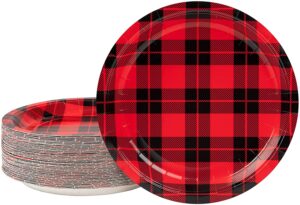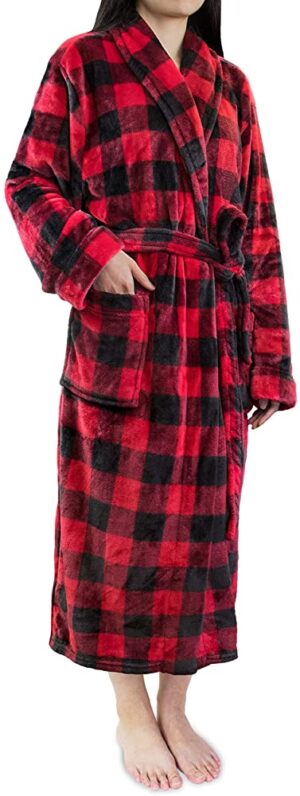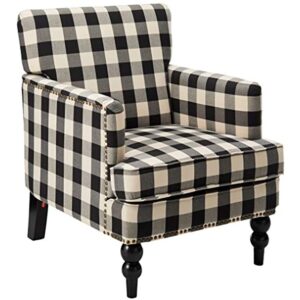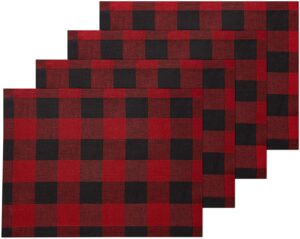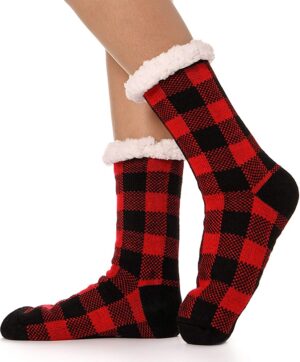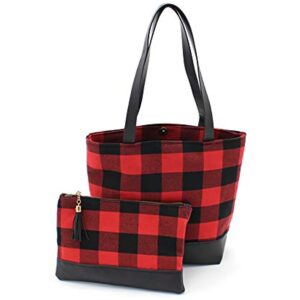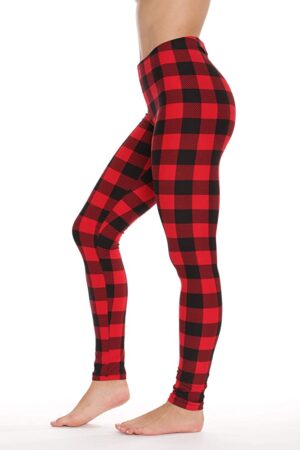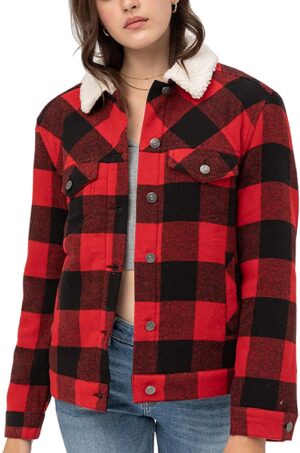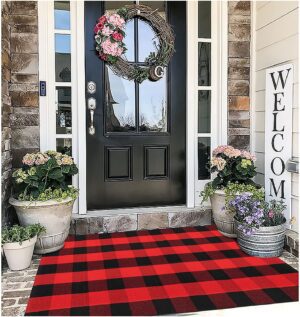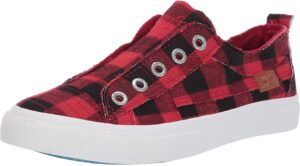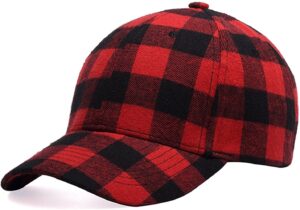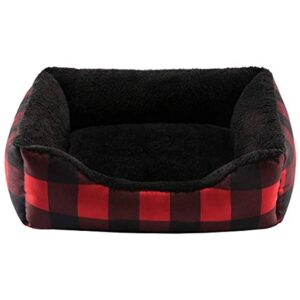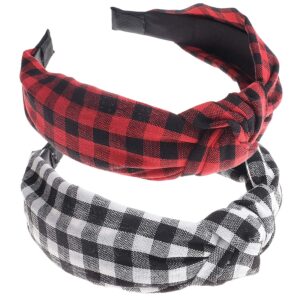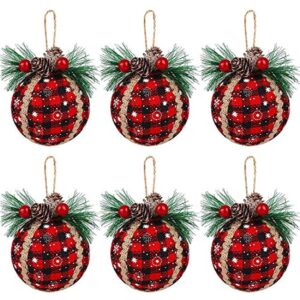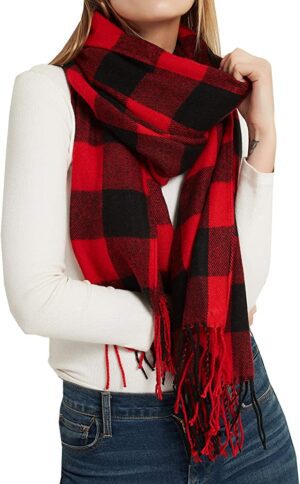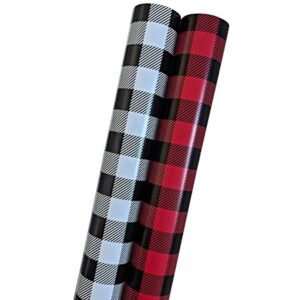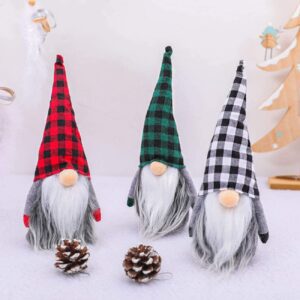In this article, you will discover the essence of quilts and unravel the beauty behind these timeless creations. A quilt is a handmade work of art that combines various pieces of fabric intricately sewn together to form a larger piece. It is not merely a blanket, but rather a patchwork of memories, love, and creativity that carries a rich history and cultural significance. Join us on this journey as we explore the artistry and significance of quilts, unlocking the stories woven into their very fibers.
Understanding Quilts
Definition of a quilt
A quilt is a type of textile made by sewing together three layers of fabric. The top layer, known as the quilt top, is usually made up of smaller pieces of fabric stitched together in a pattern. The middle layer, or batting, provides warmth and insulation. The backing layer is the fabric that covers the back of the quilt. Quilts are traditionally made using the technique of quilting, which involves stitching through all three layers to create a decorative pattern.
Common misconceptions about quilts
There are several misconceptions about quilts that are important to address. Firstly, quilts are not just blankets; they are works of art that require skill, creativity, and dedication to create. Secondly, quilts are not solely a feminine craft. While historically quilting was associated with women, today both men and women enjoy quilting. Lastly, quilting is not only for the elderly. Quilting is a versatile and enjoyable craft that can be appreciated by people of all ages and backgrounds.
Historical Background of Quilts
Early history of quilting
The origins of quilting can be traced back thousands of years. The earliest known quilted garment dates back to ancient Egypt, where it was used for warmth and worn as a status symbol. Quilting techniques also appeared in ancient China and the Middle East. However, quilting as we know it today became popular in Europe during the Middle Ages. Quilts were often made by hand using materials such as wool, silk, and linen.
Cultural significance of quilts
Quilting has played a significant role in many cultures throughout history. In America, quilts were an important part of pioneer life, providing warmth and comfort in the harsh conditions of the frontier. Quilts also became a form of artistic expression and storytelling, as women would use fabric scraps to create intricate designs and tell stories through their quilts. In many African and Native American cultures, quilts held spiritual and ceremonial significance.
Quilting in the modern era
In the modern era, quilting has experienced a resurgence in popularity. With the availability of sewing machines and a wide variety of fabrics, quilting has become more accessible to people of all backgrounds. Quilts are no longer just functional objects; they are also considered works of art. Modern quilters use innovative techniques and materials to create quilts that push the boundaries of traditional quilting.
Components of a Quilt
Top layer
The top layer of a quilt, often referred to as the quilt top, is where the main design or pattern of the quilt is showcased. This layer is typically made up of smaller pieces of fabric that have been sewn together using techniques such as patchwork or appliqué. Quilt tops can range from simple designs using just a few fabrics to complex designs that incorporate intricate piecing and appliqué work.
Middle layer or the batting
The middle layer of a quilt, known as the batting or wadding, provides insulation and warmth. The batting can be made from various materials, including cotton, polyester, wool, or a blend of these. The choice of batting depends on factors such as the desired level of warmth, drape, and ease of quilting. Thicker battings provide more warmth, while thinner battings are easier to quilt by hand or machine.
Backing layer
The backing layer of a quilt is the fabric that covers the back of the quilt. It serves as a protective layer and provides stability to the quilt. The backing fabric should be sturdy and tightly woven to withstand the wear and tear of everyday use. Many quilters choose a fabric that complements the colors and design of the quilt top. The backing layer is often made from a single piece of fabric, but it can also be pieced together using multiple fabrics.
Types of Quilts
Patchwork quilts
Patchwork quilts are perhaps the most well-known and traditional type of quilts. They are made by sewing together small pieces of fabric, known as patches, to create a larger design. Patchwork quilts can feature various shapes and patterns, such as squares, triangles, or hexagons. These quilts can be simple and utilitarian or intricate and decorative, depending on the quilter’s skill and creativity.
Appliqué quilts
Appliqué quilts are created by attaching fabric shapes or motifs onto a background fabric. The shapes are typically cut out from one fabric and then stitched onto another fabric using a variety of techniques, such as hand or machine stitching. Appliqué quilts allow for endless design possibilities and often incorporate intricate details and embellishments.
Whole cloth quilts
Unlike patchwork or appliqué quilts, whole cloth quilts are made from a single piece of fabric. The focus of these quilts is on the quilting itself, as the design is created through the stitching patterns on the fabric. Whole cloth quilts often feature intricate and elaborate quilting designs that showcase the quilter’s skill and artistry.
Art quilts
Art quilts are a more recent development in the world of quilting. These quilts are created as a form of artistic expression and often push the boundaries of traditional quilting techniques and materials. Art quilts can incorporate a wide range of materials, including fabric, paint, beads, and even found objects. These quilts are highly individualistic and often explore themes and concepts beyond the realm of traditional quilt making.
Quilt Designs
Traditional designs
Traditional quilt designs are often rooted in specific regions or cultures. They have been passed down through generations and carry a sense of history and tradition. Some popular traditional quilt designs include the Log Cabin, Flying Geese, and the Double Wedding Ring. These designs are characterized by their geometric patterns and repeated motifs.
Contemporary designs to consider
In addition to traditional designs, there is a wide range of contemporary quilt designs to explore. These designs often draw inspiration from modern art, nature, or everyday objects. Quilters who prefer a more contemporary aesthetic may choose to experiment with asymmetrical patterns, bold colors, or abstract designs. The possibilities for contemporary quilt designs are endless, allowing quilters to truly express their individual style and creativity.
Characteristics of a design
When considering a quilt design, there are several factors to keep in mind. Firstly, the scale and proportion of the design should be considered in relation to the size of the quilt. A large, bold design may be overwhelming on a small quilt, while a small, intricate design may not have the same impact on a large quilt. Secondly, the colors and fabrics chosen can greatly affect the overall look of the quilt. Quilters can play with contrasting or complementary colors to create visual interest. Lastly, the complexity of the design should be taken into account. Some designs may require more advanced quilting techniques, while others may be more suitable for beginners.
Quilting Techniques
Hand quilting
Hand quilting is the traditional method of quilting, where the quilting stitches are done by hand using a needle and thread. This technique requires patience and precision, as each stitch is individually sewn through all three layers of the quilt. Hand quilting allows for intricate and detailed quilting designs, but it can be a time-consuming process.
Machine quilting
Machine quilting has become increasingly popular due to its efficiency and versatility. With the use of a sewing machine equipped with a quilting foot, the quilting stitches are done by machine. Machine quilting can be done using a straight stitch, free-motion quilting, or using decorative stitches. This technique allows for faster quilting and the ability to create complex designs.
Tied quilting
Tied quilting is a simple and often used technique, especially for quilts that are meant to be cozy and warm. Instead of quilting through all three layers, the layers are tied together at regular intervals using knots or decorative ties. While this technique may not allow for intricate quilting designs, it offers a unique and charming look to the finished quilt.
Longarm quilting
Longarm quilting is a specialized technique that utilizes a longarm quilting machine to quilt the layers together. This technique is often used by professional quilters or those with access to a longarm quilting machine. Longarm quilting allows for large-scale quilting designs and offers more control and speed compared to traditional machine quilting.

Use and Care of Quilts
Uses for quilts
Quilts have a variety of uses beyond providing warmth and comfort. They can be used as decorative pieces in the home, displayed on walls or as table runners. Quilts can also be cherished family heirlooms, passed down through generations. Additionally, quilts can be donated to charitable organizations to provide comfort to those in need. The versatility of quilts allows for them to be appreciated and used in various ways.
Cleaning and maintenance
Proper cleaning and maintenance are crucial to keeping quilts in good condition. It is recommended to follow the manufacturer’s instructions or consult a professional for specific cleaning methods. In general, quilts should be stored in a clean and dry environment, away from direct sunlight. Regularly airing and fluffing the quilt can help to maintain its loftiness. If necessary, quilts can be spot cleaned or professionally cleaned to remove stains or dirt.
Preservation of antique quilts
Antique quilts require special care to preserve their beauty and historical value. These quilts should be handled with clean hands and stored in archival storage materials to prevent deterioration. Avoid folding antique quilts too tightly to prevent creasing and stress on the fabric. Quilts should be periodically inspected for signs of damage or pests, and any repairs or restoration should be done by a professional conservator.
The Art and Craft of Quilting
An expression of artistry and creativity
Quilting is not just a craft; it is also a form of artistic expression. Quilters have the opportunity to create unique and beautiful pieces that reflect their individual style and creativity. Quilts can incorporate a wide range of design elements, such as color theory, texture, and composition. The artistry of quilting lies not only in the design of the quilt but also in the skill and craftsmanship involved in its creation.
Quilting as a hobby
Quilting has long been a popular hobby for people of all ages. It offers a creative outlet and a sense of accomplishment as each quilt is completed. Quilting can be a relaxing and therapeutic activity, allowing quilters to focus and unwind. It also provides a sense of community, as quilters often gather together to share their projects, exchange ideas, and provide support and encouragement.
Social aspects and communities in quilting
Quilting has a strong social aspect, with communities of quilters coming together to share their passion and knowledge. Quilting guilds and groups offer opportunities for quilters to connect with others who share their interests. Quilt shows and exhibitions provide a platform for quilters to showcase their work and receive feedback from others. The quilting community is a supportive and welcoming one, where quilters can learn from each other and foster lifelong friendships.

Commercial Aspects of Quilting
Buying a quilt
For those who appreciate quilts but may not have the time or skills to create their own, buying a quilt is an excellent option. Quilts can be purchased from various sources, including quilt shops, boutiques, online marketplaces, and directly from quilters. When buying a quilt, it is important to consider factors such as the quality of craftsmanship, the materials used, and the overall design. Quilts come in a wide range of prices, depending on factors such as size, complexity, and the reputation of the quilter.
Quilt as an investment
Quilts can also be seen as investments, both in terms of monetary value and as pieces of art. Antique quilts, in particular, can appreciate in value over time, especially if they are in excellent condition and have historical significance. Contemporary quilts created by renowned quilters may also gain value as their reputations grow. However, it is important to note that not all quilts will become valuable investments, and it is essential to buy quilts that you personally love and appreciate.
The business of quilting
Quilting has evolved into a thriving business industry. Quilt shops offer a wide range of fabrics, tools, and accessories for quilters. Many quilters also sell their finished quilts, patterns, and quilting services. Quilt shows and exhibitions provide opportunities for quilters to market and sell their work. Additionally, there are numerous quilting publications, online communities, and workshops that cater to quilters of all levels, contributing to the vibrant and diverse quilting industry.
Quilting Resources and Learning More
Quilting workshops and classes
Quilting workshops and classes are a great way to learn and improve quilting skills. Many local quilt shops, community centers, and guilds offer classes for beginners and experienced quilters alike. These classes provide hands-on instruction, guidance, and the opportunity to learn from experienced quilters. Workshops led by renowned quilting artists also offer a chance to learn new techniques and gain inspiration from leading figures in the quilting world.
Online quilting resources
The internet is a treasure trove of quilting resources, making it easy to access a wealth of information, tutorials, and inspiration. Online forums and communities allow quilters to connect with others and seek advice. There are also numerous websites and blogs dedicated to quilting, offering patterns, tips, and step-by-step instructions. Online video tutorials provide a visual guide for learning new quilting techniques.
Quilting books and magazines
Quilting books and magazines are excellent resources for quilters looking to expand their knowledge and skills. There are countless books available on various quilting topics, from beginner’s guides to advanced techniques. Quilting magazines offer a source of inspiration, with features on the latest trends, interviews with quilters, and patterns for readers to try. Building a library of quilting books and subscribing to quilting magazines can help quilters stay informed and inspired in their craft.
In conclusion, quilting is a versatile and rich art form that has a long and fascinating history. From the early days of quilting as a practical necessity to the modern era where quilts are appreciated as works of art, quilting has evolved and adapted over time. Whether you are a beginner or an experienced quilter, there is always something new to learn and explore in the world of quilting. So pick up a needle and thread, choose some beautiful fabrics, and let your creativity soar as you embark on your quilting journey.






